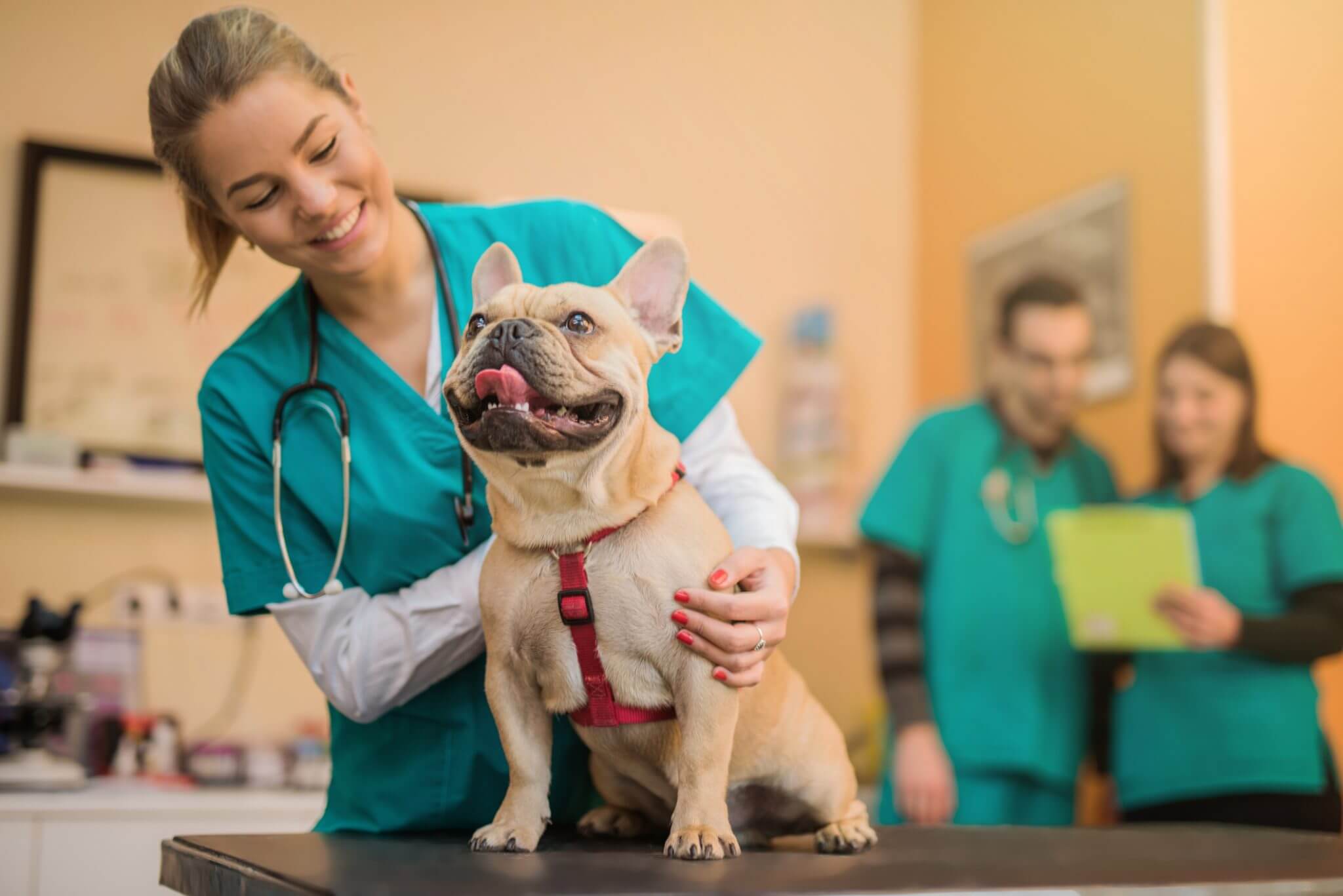
Giving medications to a cat or dog can be a challenge for new pet parents. If your vet prescribes medication for your dog or cat, they’re doing it in your pet’s best interest. If you follow your vet’s guidelines and learn the tips and tricks we’ve outlined for you, you’ll discover that giving your pet a pillis not a difficult task.
How To Give A Pill Or Capsule To A Cat Or Dog
Pills and capsules are the most frequently prescribed medications for pets. They work well for relieving pain and dealing with infections. Here are some tips on how to give medication to a dog or cat that you can use when you must give your pet a capsule or pill:
- Keep the coating intact: Don’t crush, break or dissolve the pill unless it’s explicitly stated that you should do so. The main exception to this rule would be chewable capsules. The coating on the capsules is supposed to wear off in your pet’s stomach. If you break it and allow the inside material to come out too early, the medication won’t be properly absorbed.
- Understand the timing for medication: If the instruction from your vet or on the packaging says two times a day, it doesn’t mean any two times when you remember. The timing for doses is spaced out so that the appropriate amount will be in your pet’s bloodstream in order to deal with the infection or relieve pain. At the same time, the amount of medicine in your pet’s blood must also be low enough to prevent it from becoming toxic and dangerous to your pet’s health. In other words, twice a day means once every 12 hours, and thrice means once every 8 hours. Get the timing right to make sure the infection can be properly cured.
- Realize that animals respond differently to medication: Tell your vet to show you how your pet will respond by administering the first dose. Observe the steps taken to keep your pet comfortable. Let your vet tell you whether you can hide the medicine in food and whether you can administer it with or without food.
- Use a pill gun when necessary: The quickest way to give your pet a pill or capsule is to open their mouth and put the pill inside. This method is the direct one, but when it isn’t possible, consider using a “pill gun.” This device has a straw-like barrel in which you can load the pill or capsule, which can then be shot into the back of the pet’s mouth. Using a pill gun will help you avoid receiving a bite or injury from your pet’s reaction to the medication.
What Are Some Tips For Giving Parenteral Medications To Cats And Dogs?
Parenteral medications are injections or “shots.” Insulin for dogs with diabetes and allergy medications are the most common in this category. You’ll need some training from your vet’s staff to be able to give your pet shots. It isn’t a difficult task, and you can quickly master it with practice.
What Are Some Tips For Applying Topical Medications To Cats And Dogs?
Topical medications are probably the easiest type of medicine you’ll give your pet. The main challenge will be stopping your pet from licking it off their body. Here are some tips and tricks for solving such a problem:
- Apply the topical medication just before you feed your pet. As your pet eats, the medicine will get into his skin and become effective.
- Use an Elizabeth Collar. This collar looks like a lampshade. It goes around a pet’s neck and stops them from licking the medicine. This collar is easy to put on and remove, and your pet can eat and drink while wearing it.
What Are The Best Methods For Giving Oral Liquid Medications To Cats And Dogs?
Oral liquids are usually given to kittens and puppies. Just like with capsules and pills, let your vet or a member of the clinic’s staff show you the most effective way to give the oral liquid to your pet. Then, ask the following questions:
- Does your pet’s medication need refrigeration? A liquid medication kept in the fridge is usually more effective than one left on the counter.
- Is the liquid medicine a suspension or a solution? The components of a suspension will separate after a while, but a solution will remain together. If the liquid is a suspension, you need to mix it well each time you want to give it to your pet.
Also, you need to know how to administer liquid medicine with a dropper or syringe. Make sure your vet shows you how to measure the correct dose of medication for your pet.
General Tips For Giving Your Pets Medication
Some general tips that should help in the medication administration process follow:
- Give your pet the complete prescription. Resist the temptation to stop administering antibiotics or pain medication as soon as your pet starts to feel better. If you don’t complete an antibiotic treatment, you may need to start all over because the first round didn’t fully treat the infection.
- Never hide information about the medication you’re giving your pet, whether it’s an herbal, vitamin or alternative supplement. Drugs can interact with each other and cause harm to your pet.
- Always observe your pet’s mood when administering medicine.
- Don’t try to administer a pill by force to a dog or cat who is in pain.
- If your pet becomes fearful or starts to growl, suspend the medication for a while.
- Hide the medication inside a meal whenever possible. You can use foods that are highly appealing to the animal — such as cream cheese, peanut butter or canine cheese — to disguise the medication.
Contact University Animal Clinic Today
If you need more tips for giving your cats and dogs medication, or you’re looking for additional pet care advice, contact University Animal Clinic today at (941) 253-5218. We’ll provide personalized vet services and a special wellness program for your furry friend. We also provide special care for exotic pets. Contact us now to book an appointment online, or stop by our pet clinic if you live in Lakewood Ranch, Sarasota or Bradenton.
